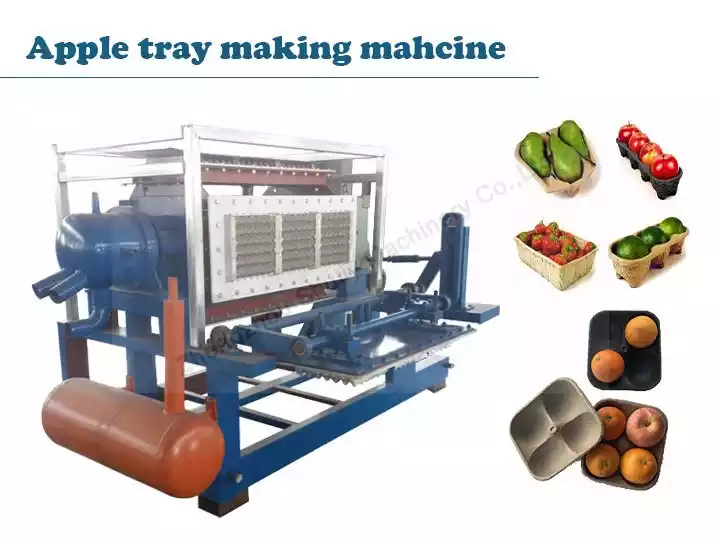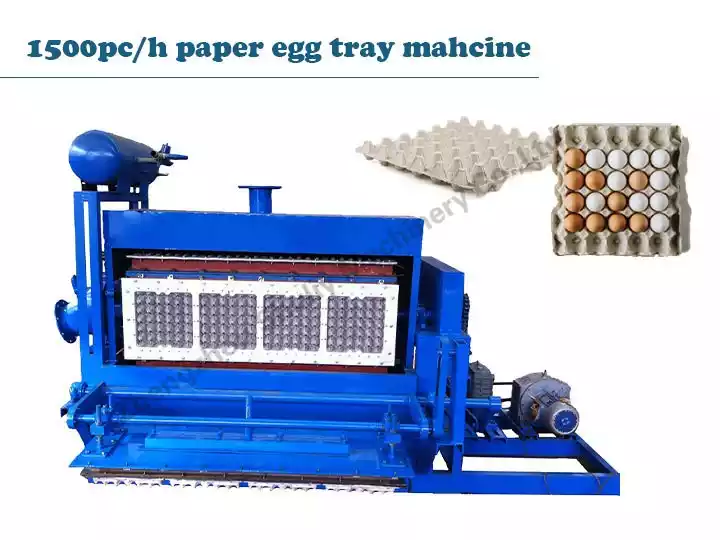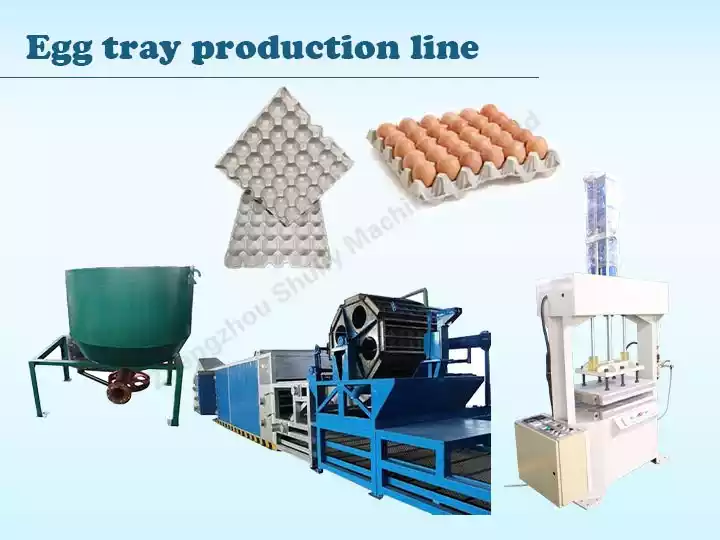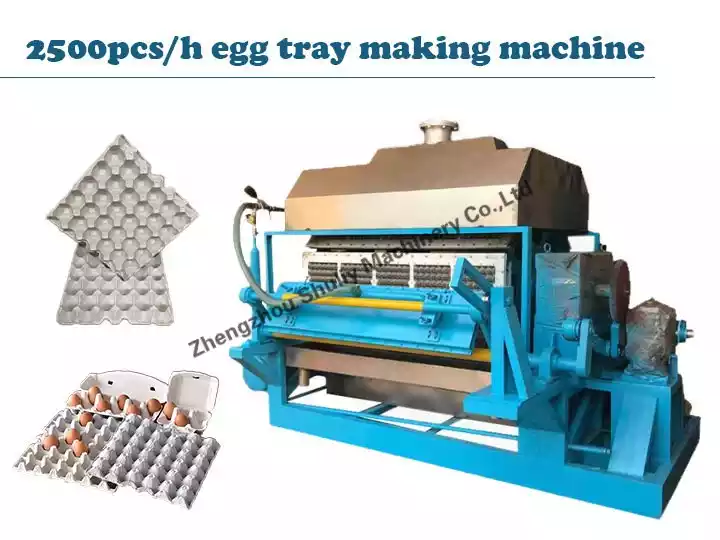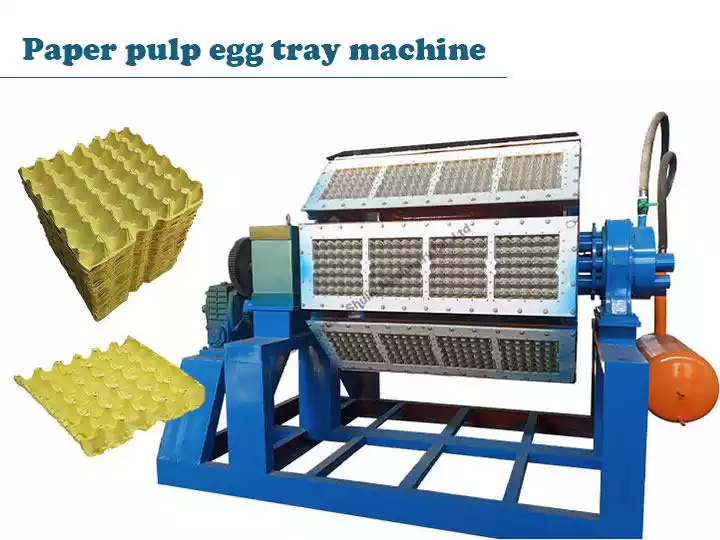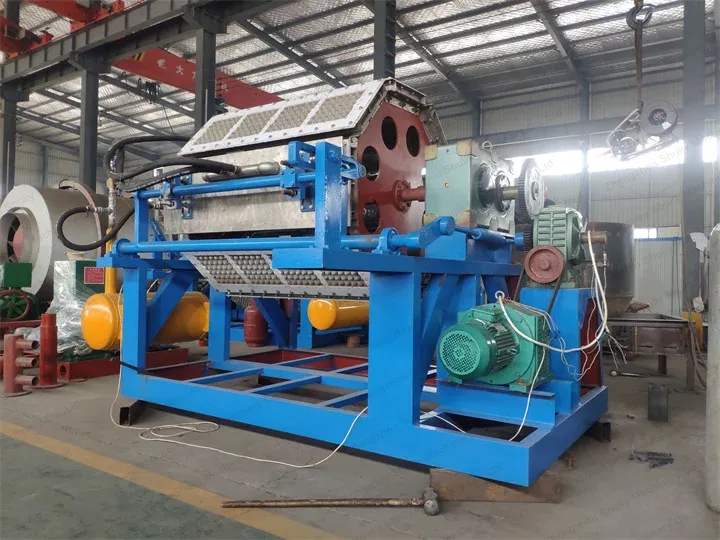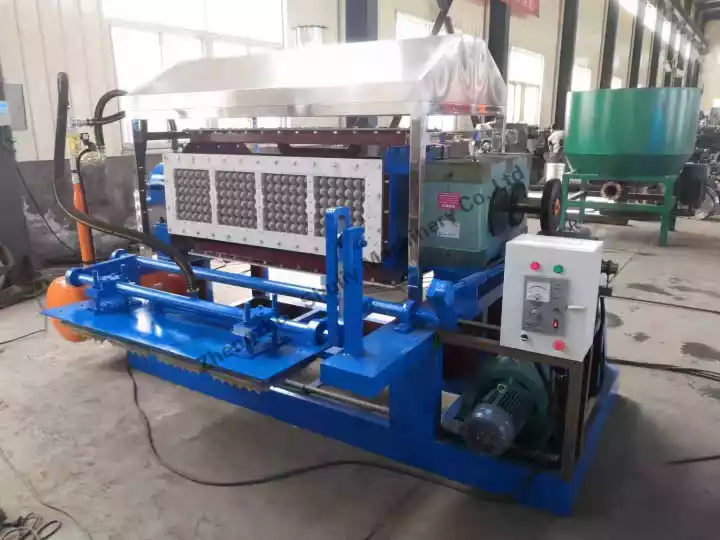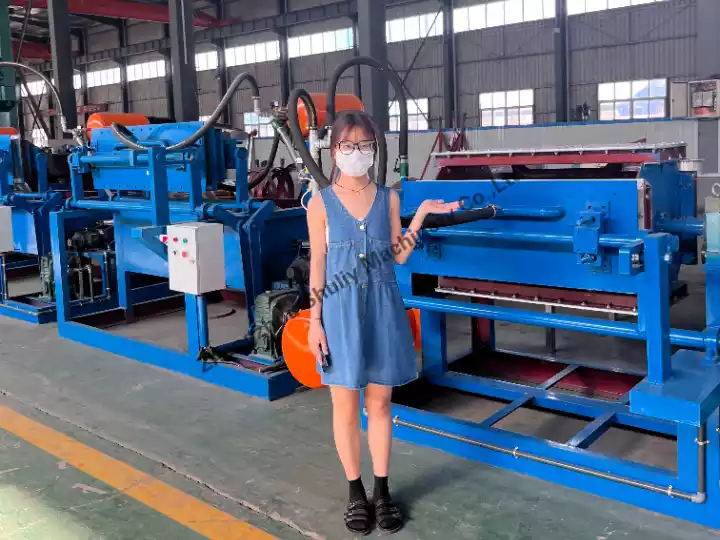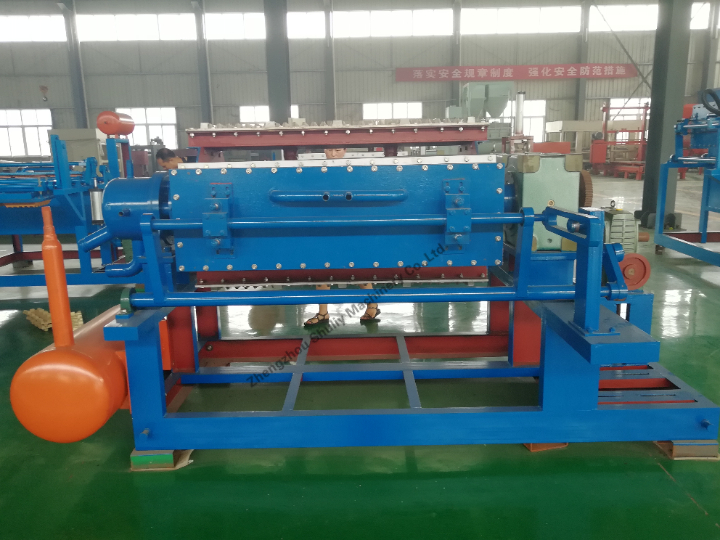Streamlining Egg Packaging with Paper Egg Tray Machines
Paper egg tray machines have revolutionized the egg packaging industry with their efficiency and eco-friendliness. The automated egg tray forming machine has simplified the egg tray making process, providing a cost-effective and sustainable solution for egg producers worldwide.
In this article, we will delve into the workings of a paper egg tray machine, explore different types available for sale, discuss production capacity and output, and examine the raw materials used in the manufacturing process.

How does a paper egg tray machine work?
A paper egg tray machine operates through a series of well-coordinated steps. Firstly, waste paper or cardboard is collected and fed into the machine. The raw materials are then pulped and mixed with water to form a slurry. This slurry is poured onto a forming mold, which consists of a series of specially designed trays with cavities shaped like egg compartments. The excess water is drained, and the mold undergoes a pressing process to further consolidate the fibers. Once the trays take shape, they are transferred to a drying system, usually consisting of a conveyor belt and drying chamber, where the trays are dried using heat. Finally, the dry trays are automatically ejected from the machine, ready for packaging and use.
Types of egg tray making machines
There are various types of egg tray making machines available to cater to different production requirements. The most common types include manual, semi-automatic, and automatic egg tray machines. Manual machines require more labor as the forming and drying processes are carried out manually. Semi-automatic machines automate certain steps but still require some manual intervention. However, automatic egg tray machines are the most advanced and efficient. They incorporate advanced technology, such as PLC control systems and robotic automation, to streamline the entire production process, from pulp preparation to tray ejection.
Egg tray making machines for sale
The market offers a wide range of egg tray making machines for sale, catering to different scales of production. Small-scale producers can opt for machines with lower production capacity, while larger-scale producers may invest in high-capacity machines capable of producing thousands of trays per hour. It’s essential to consider factors such as production capacity, automation level, energy efficiency, and maintenance requirements when selecting an egg tray making machine. Reputable manufacturers and suppliers offer a variety of options to suit diverse needs and budgets.

What are the production capacity and output of a paper egg tray machine?
The production capacity and output of a paper egg tray machine vary depending on its size and automation level. Smaller machines may produce around 1000-2000 trays per hour, while larger and fully automated machines can achieve outputs exceeding 6000 trays per hour. It’s crucial to assess production requirements and market demand to choose a machine that can meet production targets efficiently.
What are the raw materials used in a paper egg tray machine?
Paper egg tray machines primarily utilize waste paper or cardboard as their raw material. This not only reduces the environmental impact of waste disposal but also makes the process highly sustainable. The waste paper is shredded and mixed with water to form a pulp, which is then molded into trays. Some machines may require additives or chemicals to enhance the strength and durability of the final product. By repurposing waste materials, paper egg tray machines contribute to the circular economy and promote eco-conscious packaging practices.
Paper egg tray machines have transformed egg packaging by providing an automated and environmentally friendly solution. If you are looking for egg tray making machine, please feel free to contact us.

